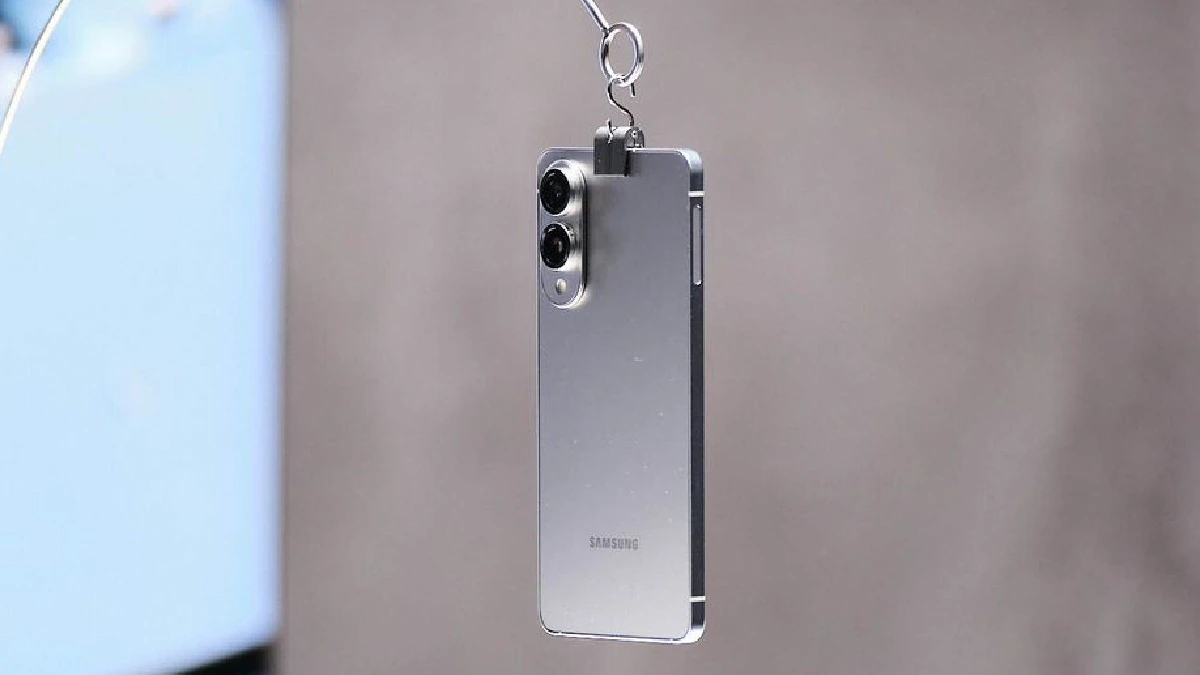As the official end-of-support date for Windows 10 approaches on October 14, 2025, many users and businesses face the decision of how to proceed with their current systems. While Microsoft has urged users to transition to Windows 11 or consider other modern alternatives like Windows 365, third-party companies are stepping up to offer extended support solutions that promise to keep Windows 10 running securely beyond the official end date.
The Road to Windows 10 End of Support
Microsoft has made it clear that after October 2025, Windows 10 will no longer receive security updates, bug fixes, or technical support under its standard service model. This is part of Microsoft’s Modern Lifecycle Policy, under which the final version, 22H2, will be supported until the specified end-of-support date.
Third-Party Solutions: A Temporary Lifeline
In response to the upcoming end of support, several third-party vendors, including 0Patch, are offering security updates for Windows 10. These solutions are particularly appealing to users with devices that are not compatible with Windows 11 or for those who prefer to delay the transition for various reasons. 0Patch, for instance, plans to provide micro patches that address security vulnerabilities on a post-EOL (end-of-life) basis, ensuring that critical security gaps are covered even after Microsoft ceases its support.
Extended Security Updates (ESU) Program
For businesses not ready to migrate, Microsoft itself offers a lifeline through the Extended Security Updates (ESU) program. This program, designed as a stopgap measure, allows organizations to receive critical security updates for up to three years after the 2025 deadline. The ESU program is available at a rising cost each year and is not intended as a long-term solution but rather as a transition aid.
Transition Options and Alternatives
Organizations and individual users have several paths they can take:
- Upgrade to Windows 11: For compatible systems, upgrading to Windows 11 is the recommended path, as it will continue to receive Microsoft’s full support including security updates and new features.
- Switch to Alternative Operating Systems: Users can switch to other operating systems such as Linux or ChromeOS, which may offer greater flexibility or cost advantages depending on the use case.
- Adopt Windows 365: Microsoft encourages a move to its cloud solution, Windows 365, which allows Windows 11 to run on virtually any device, extending the hardware lifecycle.
Impact on Users and Businesses
The end of support for Windows 10 marks a significant transition point for many users and businesses. While it poses challenges, particularly for those with older hardware, it also opens opportunities for modernizing IT infrastructure and embracing new technologies that offer enhanced security and performance.
The winding down of support for Windows 10 doesn’t necessarily mean the end of the road for users who depend on this version. Through third-party updates and Microsoft’s own ESU program, there are still viable options to keep these systems secure and functional as users and organizations plan their next steps in the evolving tech landscape.









Add Comment